Words by Mat Ombler
Brian D’Oliveira has the same knack for storytelling as he does for creating music, and that’s something the BAFTA-nominated composer and sound designer has been doing since he was six years old. He’s scored music for films and documentaries but spends most of his time now composing for video games, as well as creating sound libraries for clients such as Capcom and PlayStation. His workspace, part of a renovated RCA-Victor studio that he owns and operates out of, is a musical play den filled with over 1200 instruments. Most of them you’d recognise. Others, such as the tiny clay skulls, the ones made of paper, or the bastardised guitar affectionately known as ‘Frankie,’ are less recognisable, handmade by D’Oliveira and his team. All of them tell a story.
The more D’Oliveira travels, the larger his collection of instruments grows. He discovered music in the Andes mountains in Venezuela, studied classical piano in Vienna, spent a year learning Indian kirtan Ashram, and started performing live sets with 808s and 909s when he moved to Ontario, Canada as a teenager, rubbing shoulders with some of Detriot’s biggest DJs.
These were formative years for D'Oliveira, who went on to graduate with a degree in sound design for film at the Sheridan College before cutting his teeth as a freelancer, creating music and sound design for a wide variety of projects. During this time, he also performed in samba bands and travelled through South America and Brazil, which, along with South Indian music, have been major influences on his work and pivotal to his understanding of rhythm.
He gets excited when he recalls the places he’s visited, the people he’s met, and the experiences he’s shared with them along the way, but there’s an important reason for that. These life experiences have had a profound impact on the way he creates music. Without them, the music he’s written for video games such as Resident Evil 7, Shadow of the Tomb Raider, League of Legends, and Sackboy: A Big Adventure, simply wouldn’t be the same.
If you want to better yourself as a composer, travel and experience life.
From life-changing trips on ayahuasca in the Amazon to being initiated as part of a religious ceremony before he could play the Cuban Batá drums in Brazil, D’Oliveira has pretty much done it all. “I was told I’d piss blood if I even touched the drums without being initiated,” he laughs. “I had to take a bath with these crazy herbs and do a load of Yoruba prayers.”
While these experiences are fundamentally rooted in D’Oliveira’s key principle of connecting spiritually with sound, they’re also directly linked to the video games he’s worked on. It’s not unusual for D’Oliveira to spend weeks or months travelling between countries before he starts work on a project, discovering new instruments, playing methods, sounds, and cultural influences to incorporate into his music as part of his research. He says his working style is an 80/20 split between research and production.
To connect deeper with the Pre-Columbian themes in Shadow of the Tomb Raider, he visited the Fonoteca Nacional national sound library in Mexico and spent weeks immersing himself in field recordings of local residents digging up and playing Pre-Hispanic instruments. After that, he headed out to the nearby ghost town of Minerales De Pozos, which had a community of instrument makers that were known for restoring and creating Aztec instruments such as Piedras, Teponaztli, and death whistles.
“They had a few shops and instrument makers and we spent a lot of time there, I even found an old man down a dirt road selling some musical rocks,” D’Oliveira tells us. “At the end of my trip, I literally had about ten big cases full of instruments, and everyone was just asking ‘what are these? What are those fucking stones?’
“That’s part of the fun, you know,” D’Oliveira continues. “Going to all of these places, hanging out with people, taking it in, and also paying homage to the culture. I even flew out one of the friends that I made [in Mexico], a Pre-Columbian master musician, Ramiro Ramirez Duarte. A super humble guy and a genius, who mainly plays the conch shells and absolutely makes them sing and sound beautiful. I flew him here and back so we could record and perform a bunch of stuff for the Tomb Raider soundtrack.”
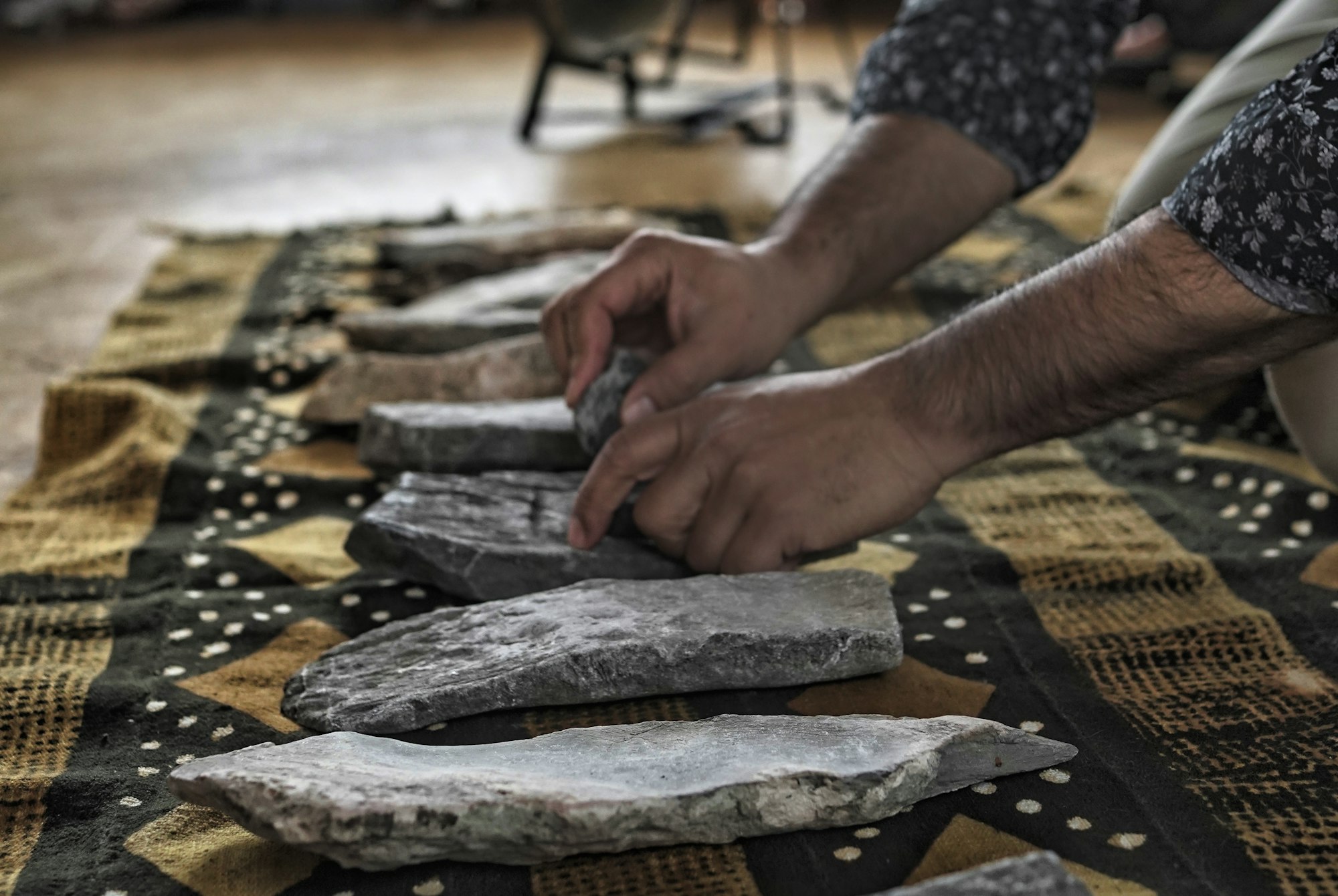
Shadow of the Tomb Raider is the video game soundtrack that D’Oliveira is the proudest of, the result of four years of experimentation, hard work, and collaboration with his masters. “I did my artist's residency at the SAT in Montreal, which was basically a spatial sound experience of live performing and prototyping Tomb Raider music,” D'Oliveira says. “I brought one of my master friends from Mexico, and another master friend to play the percussion, and the three of us would just play for 40 minutes, and I would record all of these pre-Hispanic sounds and then spatialize them all around with a live dancer who moved around the sounds. It’s from there that I actually built the music that you can hear in the game.”
The main recordings took place at D'Oliveira’s studio, La Hacienda Creative in Montreal, Canada, which he calls his ‘audio playground.’ Built by RCA-Victor in the 1940s, D’Oliveira has faithfully restored the building while adapting it to include new areas, such as voiceover booths and production rooms, as well as workshops for creating and modifying instruments. He has an impressive list of clients, including Netflix, Capcom, Riot Games, Ubisoft, and PlayStation.
La Hacienda Creative is a sight to behold, and you can go on a virtual tour of your own by visiting the video above, which showcases D’Oliveira’s closing virtual performance at this year’s London Games Festival, featuring tracks from Shadow of the Tomb Raider and Sackboy: A Big Adventure. Make sure you listen to these tracks with headphones on and you’ll understand why D’Oliveira doesn’t spend much time at his mixing desk.
“The space itself is pretty special,” he says. “It was a huge part of my growth, especially the ability to use the acoustic space for what it is. For a lot of the recordings in Tomb Raider, there’s no reverb. It’s literally just the room. I’ll set up a stereo microphone and place myself in the position of each player and just create an orchestra, create that whole ensemble sound, one piece at a time. It’s just one take, one take, one take, really fast. The next thing you know, within two days I can create a song with 200 players, just by using this methodology.”
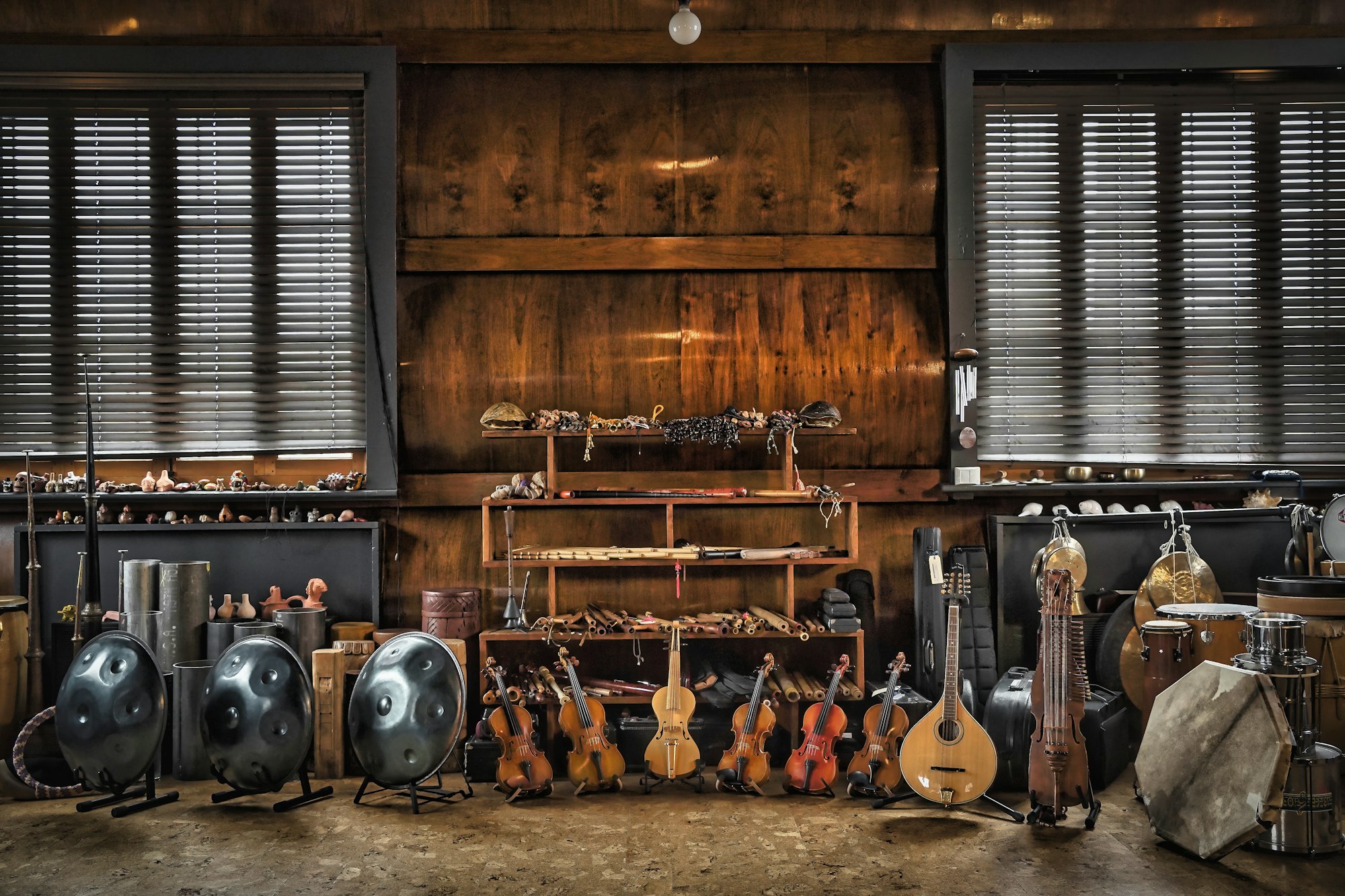
The architectural make-up of the live room is another reason any music performed there sounds so incredible and is one of the reasons why D’Oliveira didn’t tinker with its structure during the renovation. RCA-Victor designed it to be an acoustically responsive space with poly-cylindrical rosewood resonators. It sounds like the entire room is alive.
“The panels resonate in the same way a violin or cello does,” D’Oliveira explains. “The entire room reacts to sound. Before I start recording, I don’t just think about the instrument and the sound, I’m thinking ‘where does this space?’ and I’ll go and find that space, sit there and it’s done.”
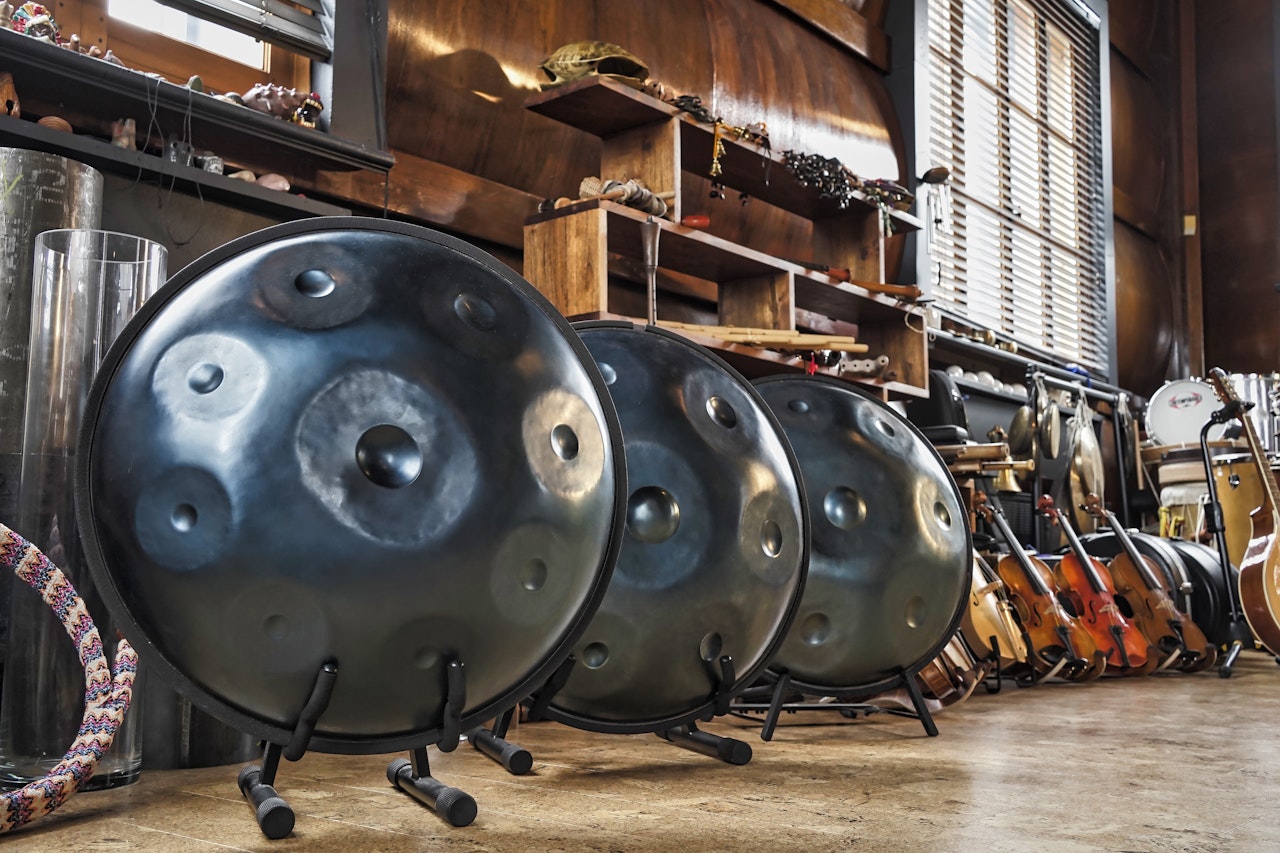
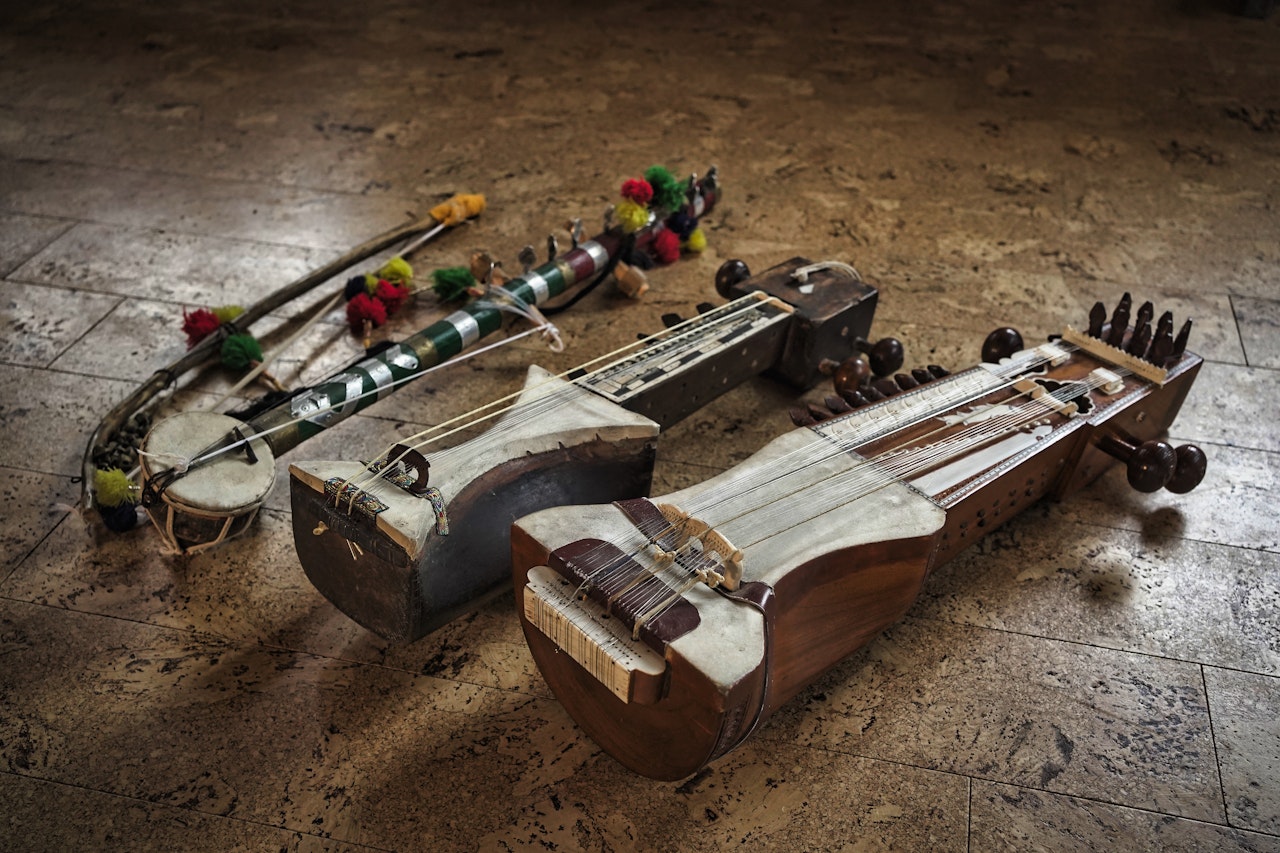
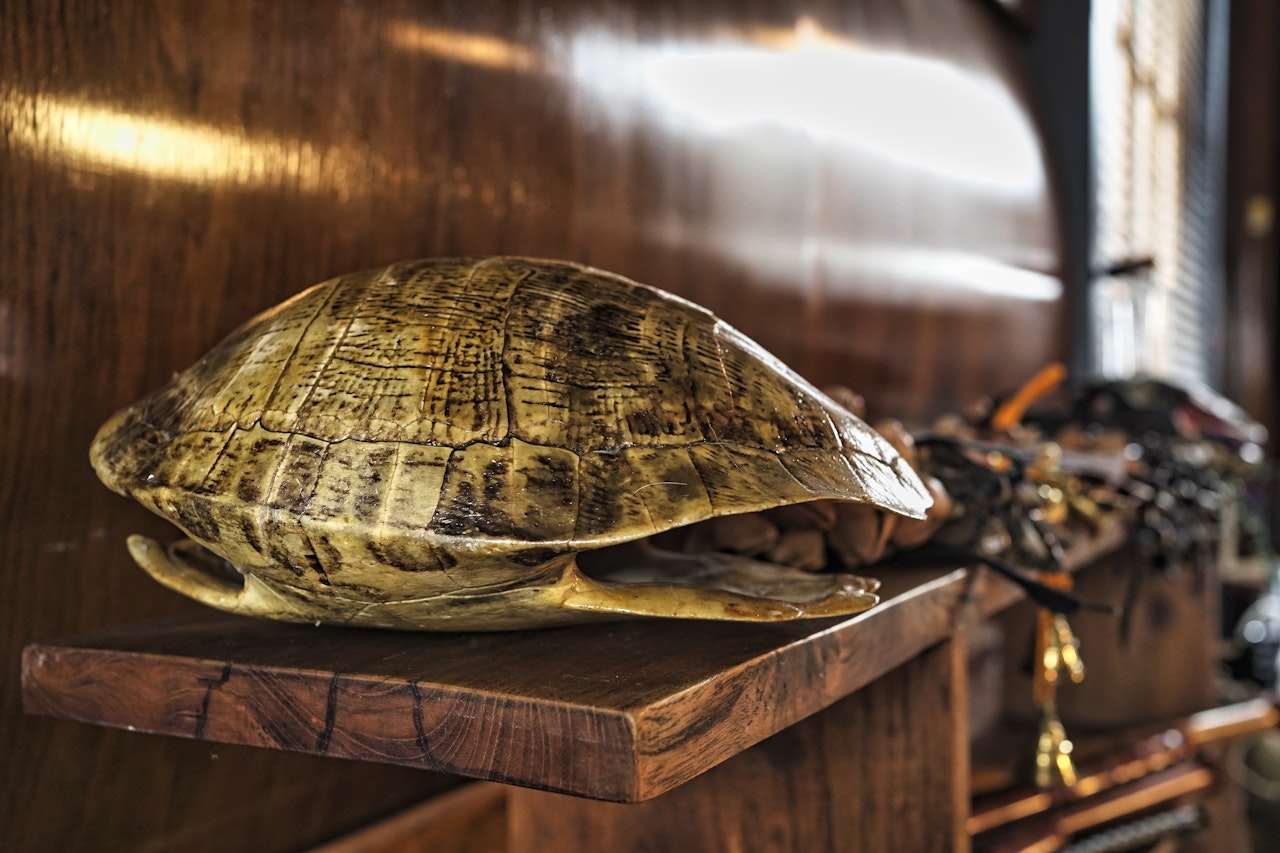
The first video game that D’Oliveira scored was Papo & Yo’s, an autobiographical fantasy created by Vander Caballero which reflects on the child abuse he suffered at the hands of his father while growing up in war-torn Colombia. The game’s hero, Quico, tries to survive the destructive behaviour of his best friend, a literal giant monster. This monster is addicted to frogs – a metaphor for the drugs and alcohol his Caballero’s father consumed – and whenever he eats them, his behaviour becomes unpredictable as he lashes out at Quico and anyone else around him. Quico wants to put a stop to this.
For D’Oliveira, it was an honour to be trusted with scoring such a personal project, more so for the fact that he was given the creative freedom to tell his own story within his music, which allowed him to draw upon his own experiences of growing up with his mother, an artist and one of his biggest role models, in Latin America.
“We never had much to work with. It was always just a case of inventing and create with whatever you had at hand,” he says. “[My mother] would pick up anything, like pieces of chalk and wrinkled up papers, create something, and just go onto the street and sell it.”
These were useful learnings for a young D’Oliveira, who started creating his own instruments and replicating her approach to art by creating music and instruments with whatever he could get his hands on. “I’m a freak about seeing how far I can push things,” he says. “That comes from my childhood because we had so little to work with, so I’ve always been about finding new angles and new ways to get sound out of anything I’m given.”
Papo & Yo’s soundtrack is heavily influenced by the sounds of afro-Brazillian, afro-Cuban and Haitian music, which D'Oliveira performed alongside his great friend and mentor of percussion, VOVO. It’s a project that’s close to his heart, but another reason it’s so important is it made him realise he wanted to reconnect with the ways he learned to make music as a child.
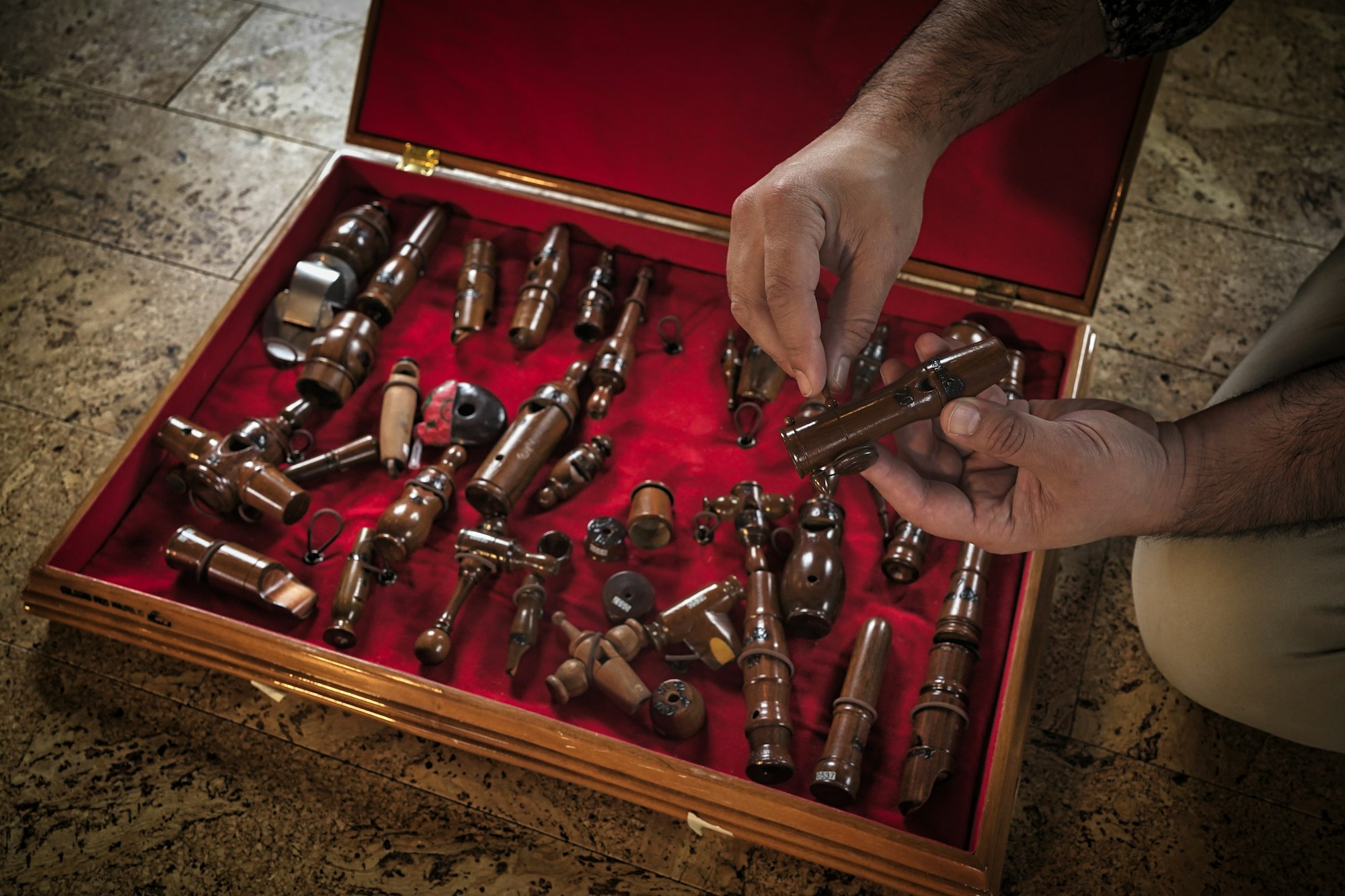
“I spent a lot of time in my early 20s using Kontakt and, like everybody, doing stuff virtually,” he says. Then I realised at a certain point that it was just too limiting. I needed to do more. So I made a decision that I was going to just try and get out there and play everything.”
D’Oliveira means that quite literally. He’s filled his studio with over 1200 instruments and has taught himself how to play every single one of them, from a haunted guitar he picked up in Brazil to the contra-alto clarinet. “That all started with the soundtrack for Papo & Yo’s,” he says. “And I’ll be honest, some people thought I was crazy. They were like ‘did you lose your mind? Why did you get all of these instruments?’
“I also ended up doing ayahuasca in the Amazon, which blew my mind open in the best possible way because it was at that time I realised, as humans, we just limit ourselves,” he continues. “We put ourselves into these boxes but in reality, if we set our minds to it, we have all the knowledge at hand to do anything we want to do.”
That’s not to say there aren’t some secrets that have allowed D’Oliveira to master so many instruments, his passion, and aptitude for Indian music is one of the biggest. He calls it another world in itself, responsible for teaching him new musical languages and introducing him to some of his biggest teachers and rarest instruments.
“My mother was half Indian, and some of the earliest memories I have are waking up in the morning, doing yoga, and having these old Sahdus chanting around me and teaching me how to sing,” D'Oliveira says. While most of these experiences took place during visits to Ashram temples outside of India, he makes regular visits to the country and has been training using dhrupad singing for the last few years.
Learning how to listen was my biggest breakthrough, and these last few years I’ve learned how to hear microtones, and that’s all from just singing a note with a drone.
“It’s the oldest living form of classical music that exists there,” D’Oliveira explains. “You wake up at five in the morning and you sing one note for the first hour. It’s like a form of meditation.
“I spend a few hours a day practicing, either in the morning or in the evening, but the best practice I can ever get is just singing that one note,” D’Oliveira continues. “That’s the secret for playing stringed instruments. Learning how to listen was my biggest breakthrough, and these last few years I’ve learned how to hear microtones, and that’s all from just singing a note with a drone.”
Similarly, his mastery of percussion is owed to Indian music too. “If you learn South Indian rhythm and learn how to sing and count, you can do anything,” he laughs. “Singing it internalises the rhythm and understanding everything after that becomes so much easier.”
Not content with simply collecting and playing instruments, D’Oliveira has started making them too. His workshop is home to hundreds of marvellous creations, but some of his favourites are the paper instruments he created for Tearaway, a game set in a world made entirely of paper, and the jagged custom guitar he cut away and customised with piezo pickups to become the musical voice of the monster in Papo & Yo’s, nicknamed Frankie.
But it’s D’Oliveira’s virtual instruments and sounds that are capturing the attention of new clients at the moment. He runs La Hacienda’s audio tools development division, MNTRA Instruments, alongside his studio responsibilities. In addition to scoring four tracks for Capcom’s survival horror title, Resident Evil 7, D’Oliveira created a massive library of custom sounds for the game. He’s done the same for PlayStation, supplying them with sounds for their user-generation game, Dreams.
Some of the screams and monster noises you can hear in Resident Evil 7 are actually Aztec death whistles that Brian had found during his travels or personally hand-crafted. These very same Death Whistles are now used in his new creation Ultrasonic Death Whistle, the world’s first VST using novel ultrasonic sampling techniques that D'Oliveira and his team developed.
“You can use them like any other VST,” D’Oliveira says. “But I don’t think of them like normal instruments, they’re more like sound sculptures.”
“I actually spent two years doing R&D, so it kind of works like a video game engine where there’s non-linear dynamic expression happening,” he continues. “You can actually design sound with it; like literally sculpt the sound depending on the expression. When you pitch them down, they sound like huge, horrible monsters, and when you pitch them up, they sound like Gollums screaming.” You’ll never look at zombies the same way again.
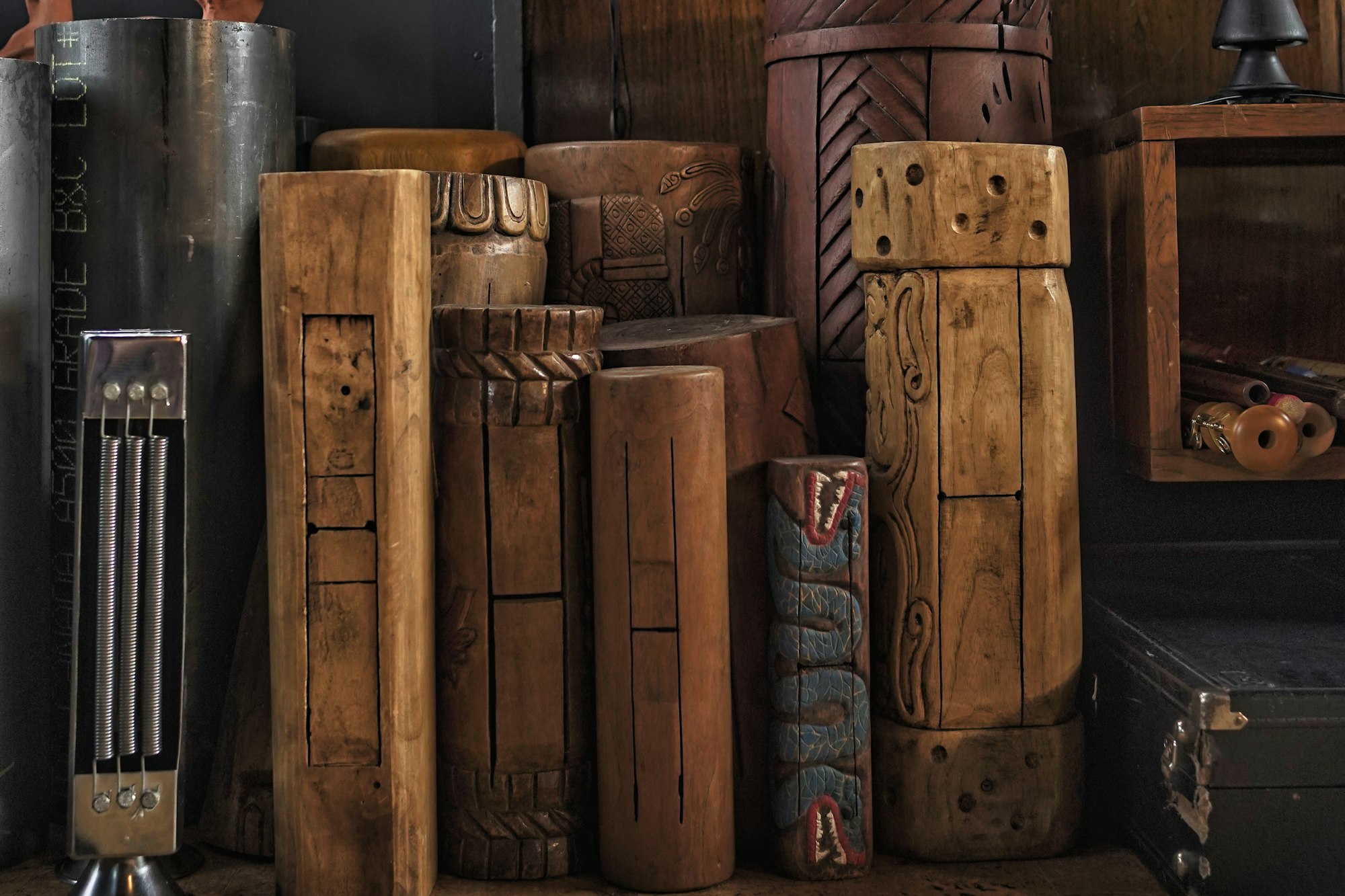
D'Oliveira’s constant experimentation with sound alongside his compositional duties has led to a rather unique way of approaching his work as of late. “I’m always looking at ways I can completely break apart. I spend a lot of time creating workflows, but sometimes I destroy those workflows on purpose if I have the time,” he says.
“I’m between Cubase and Ableton right now, but I’ll constantly change DAWs, microphones, instruments, and musical languages to see what I can come up with. It’s all part of the fun and creative process, and all of these tools have an effect on your process and how you create and think, so I’m very cautious of that. I try to design and purposely break things apart to come up with new thought patterns and processes.”
D’Oliveira is also very aware of the space that’s around him when he’s creating music, as well as the new creative opportunities that can be pursued in video game music thanks to advancements in hardware, such as the PlayStation 5’s Tempest Engine to support 3D audio. He did a lot of work using the ambisonic recording for Resident Evil 7, and he’s currently working on a research project creating the first spatial art, audio-centric playthrough experience.
“It's funny because people think that if you're a composer, you're just a composer doing what's asked of you, but I feel that a true composer is an artist in their own right,” D’Oliverie says. “It's an important part of the [video game] industry. So I hope that gets more recognised, and as time progresses, I think it is.”
